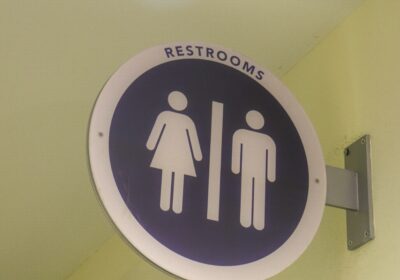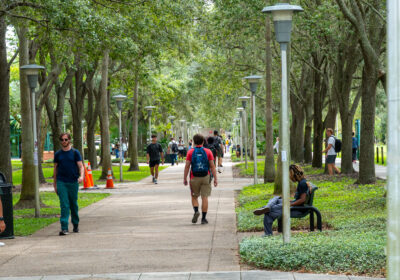#HimToo and #MeToo should not compete

The rise of the #MeToo movement revolutionized the conversation around sexual assault. It changed the way people perceived sexual harassment and its pervasiveness for women and it inspired people to come forward with their stories. #MeToo cried out for every victim and threatened every perpetrator: we are silent no more.
But #MeToo sparked another conversation. What happens to the accused, especially if the new standard is to always believe victims? The reaction movement, #HimToo, pushes for fair treatment of those accused of sexual assault. While the #HimToo and #MeToo movements might seem contradictory to each other, they are not and they should not be. Believing victims and the presumption of innocence must not be allowed to compete with each other.
#HimToo faces one key problem — it overemphasizes the occurrence of false accusations in its messaging. According to a 2010 study on the prevalence of false allegations, it is estimated that as little as two percent and as much as 10 percent of all rape accusations stem from crimes that neither occurred or were attempted.
But #HimToo hits the nail on the head when it says that we should be treating accusers and the accused fairly with respect to their rights. There are systemic problems with the way that we handle sexual assault, especially on college campuses. Title IX famously follows the “preponderance of evidence” legal standard meaning which side is more convincing as opposed to which side has more evidence and can prove “beyond a reasonable doubt.”
For something as damaging as a rape accusation, one would hope for a higher standard.
#MeToo deals in changing the culture around victims of sexual harassment and assault. The National Sexual Violence Center reports that one in five women in the U.S. will be raped in her lifetime. 63 percent of rapes will go unreported to police. #MeToo empowered women to come forward. It also shed light on things women do because sexual violence is assumed: avoiding renting first-floor apartments, carrying mace, keeping doors and windows locked, not taking runs at night.
#MeToo faces the risk of letting the movement get away from itself. The environment around reporting sexual violence needed to change but we can’t allow it to override due process for the accused.
In June of 2016 Thomas Klocke, a student at the University of Texas-Arlington, killed himself following an accusation of sexual harassment. His accuser claimed that Klocke had made derogatory terms regarding his sexuality. Without a hearing, Klocke was suspended from attending classes with his accuser and at the time said his reputation and academic future had been destroyed.
The only witness to the harassment could not corroborate either story.
As a society, we need to take the positives from both movements and take steps against the bad.
We can support women and protect due process. We have to listen to victims, without asking what they did to bring the crime onto themselves. After all, we don’t ask victims of theft why they carried a purse. But we also have to protect the rights of the accused. We have to listen to their defenses and seek evidence independent of whose story it reaffirms.
#HimToo and #MeToo should support the same goal: justice.
Aida Vazquez-Soto is a senior majoring in political science.








